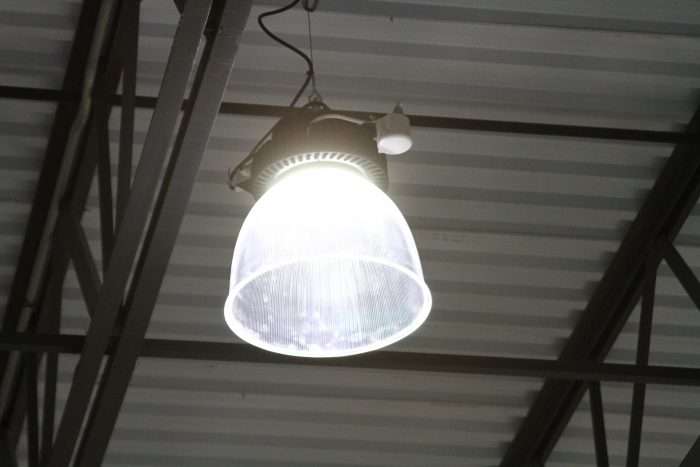Converting to LED downlighting can be an ideal option for companies that want to save money in energy and lighting costs without compromising lighting quality. Often, businesses see a quick return on investment (ROI) as well as numerous other benefits when they make the switch.

Typically, converting to LED downlighting is a relatively easy process for facilities, and once complete, each of the LED bulbs used lasts for years and years.
Businesses can feel good knowing that converting to LED downlighting will be good for the environment and good for their bottom line.
Factors to consider when converting to LED downlighting
Converting to LED downlighting doesn’t need to be a complicated process, but there are factors to consider when making the change in an existing facility. Depending on the building, a conversion can range from a few simple lamps to a complete facility fixture retrofit. Each conversion is highly dependent on a company’s overall goals. While energy savings is often the motivating factor, it is also important to consider user experience, the direction of the light and the amount of control needed for each light.
Benefits of converting to LED downlighting
The benefits of LED lighting are numerous. The most important factor for a business is that LED lighting will cost them a fraction in energy costs compared to other lighting options. Even with the initially higher cost, LED lights offer a quick ROI and quickly pay for themselves.
LED lights also are available in a variety of color temperatures ranging from a cooler, blue color to warmer yellow light. Color quality is measured by how well the light represents the color of an object. The color rendering index or CRI is used to measure color temperature. The right color temperature option depends on your space and the needs of your facility.
Other benefits of LED lighting include:
Energy efficiency
Instant illumination
Long lifespan
Durability
Consistent performance in hot and cold temperatures
Mercury and hazardous substance free
